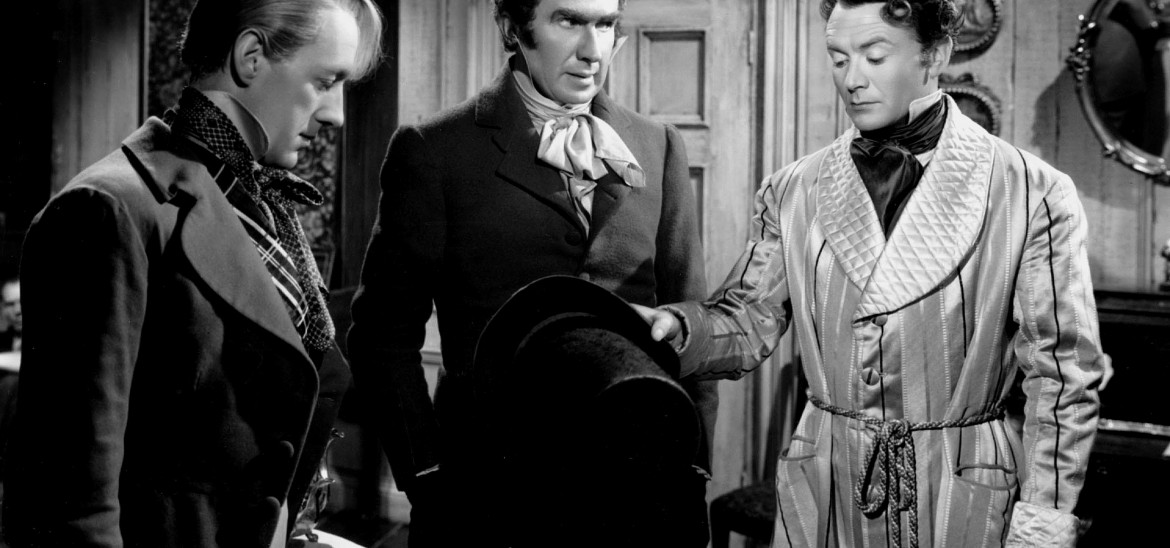Into Film Clubs
Find out everything you need to know about starting an Into Film Club.



Since 2014, studying a 19th century novel for GCSE is mandatory for all students. Film is an obvious choice for teachers seeking new strategies to make these less-immediately accessible texts more enjoyable. Less obvious is how this universally appealing medium can be used to full effect.
Film adaptations have long been used by English teachers but have generally been perceived as an ‘add-on', useful for covering plot, engaging more reluctant learners, or as a ‘treat' after completing the real work of reading the novel. Yet, as I first discovered when working as an English teacher, film is more than just the carrot after the stick of ploughing through a book with young people.
Studied alongside a novel, film adaptations can be used to develop students' interpretation and understanding of narrative, character, form and language, as well as cultural and social context. Reading film as text will develop learners' critical thinking, analytical and contextualisaton skills - skills equally applicable to and transferable between film and literary texts.
In simple terms there are four main ways in which film can support critical reading of a text: It can reinforce understandings, especially where the text is long and dense; close comparative reading between the film and the novel can illuminate the form, structure, and language of each; comparing different film versions of a text foregrounds questions of interpretation, and can support close and detailed reading of the original text; and more creative approaches, in which students propose translations of the novel into film, can require imaginative and detailed interpretive responses.
Here at Into Film, we recently partnered with two venerable institutions to assist teachers with this curriculum change. The National Association for the Teaching of English (NATE) endorsed our 19th Century Literature on Film resource, that looked at the 1999 adaptation Charles Dickens' A Christmas Carol. Teachers' notes and a series of PowerPoint presentations provide an in-depth and engaging way into the text, along with generic approaches that can be applied to the teaching of all 19th century novels.
Additionally, our Reel to Real series of resources, in collaboration with the V&A, use film adaptations as a stimulus for the study of classic texts including Pride and Prejudice, Twelfth Night and Great Expectations.. A senior examiner said of the Pride and Prejudice resource:
Each activity, whilst drawing attention to various dimensions of the filmmaking process, encourages pupils to examine and drill down into the text, thereby increasing their familiarity with Jane Austen's work and of the times in which she lived and wrote.
GJ Carr, Senior Examiner, English Literature.
While these approaches may, for some of you, be a departure from the norm, film adaptations, placed at the heart of the study of a novel, will add a new dimension to literature lessons and encourage memorable learning. At best, their impact could be far greater.
Viewing 4 of 4 related items.

Find out more about our streaming service, designed specifically for UK schools.